Snowboarding is not just about having the right board and the perfect snow; it's also about wearing the right gear to ensure you're warm, comfortable, and safe as you shred down the mountain.
Whether you're a seasoned pro or a beginner hitting the slopes for the first time, knowing what to wear while snowboarding is crucial for an enjoyable experience.
Key Takeaways:
- Understanding the basic layering system is essential for comfort and warmth.
- Choosing the right snowboard gear, including snowboard pants and jackets, is key to staying dry and protected.
- Personal preference and weather conditions will dictate variations in snowboarding apparel.
The Importance of Layering
When it comes to dressing for snowboarding, the basic layering system is your best friend. This system involves three main layers: the base layer, which manages moisture; the mid layer, which insulates and retains body heat; and the outer layer, which shields you from wind and snow.
Each layer plays a vital role in keeping you warm and dry, and understanding how to effectively layer is the first step to a comfortable snowboarding experience.
Base Layers: The Foundation of Warmth
The base layer is the layer closest to your skin and is crucial for moisture wicking. Materials like merino wool or synthetic fabrics are ideal as they help transport sweat away from your body, keeping you dry and warm.
Avoid cotton socks or any cotton-based clothing as they retain moisture, which can make your feet colder and lead to discomfort.
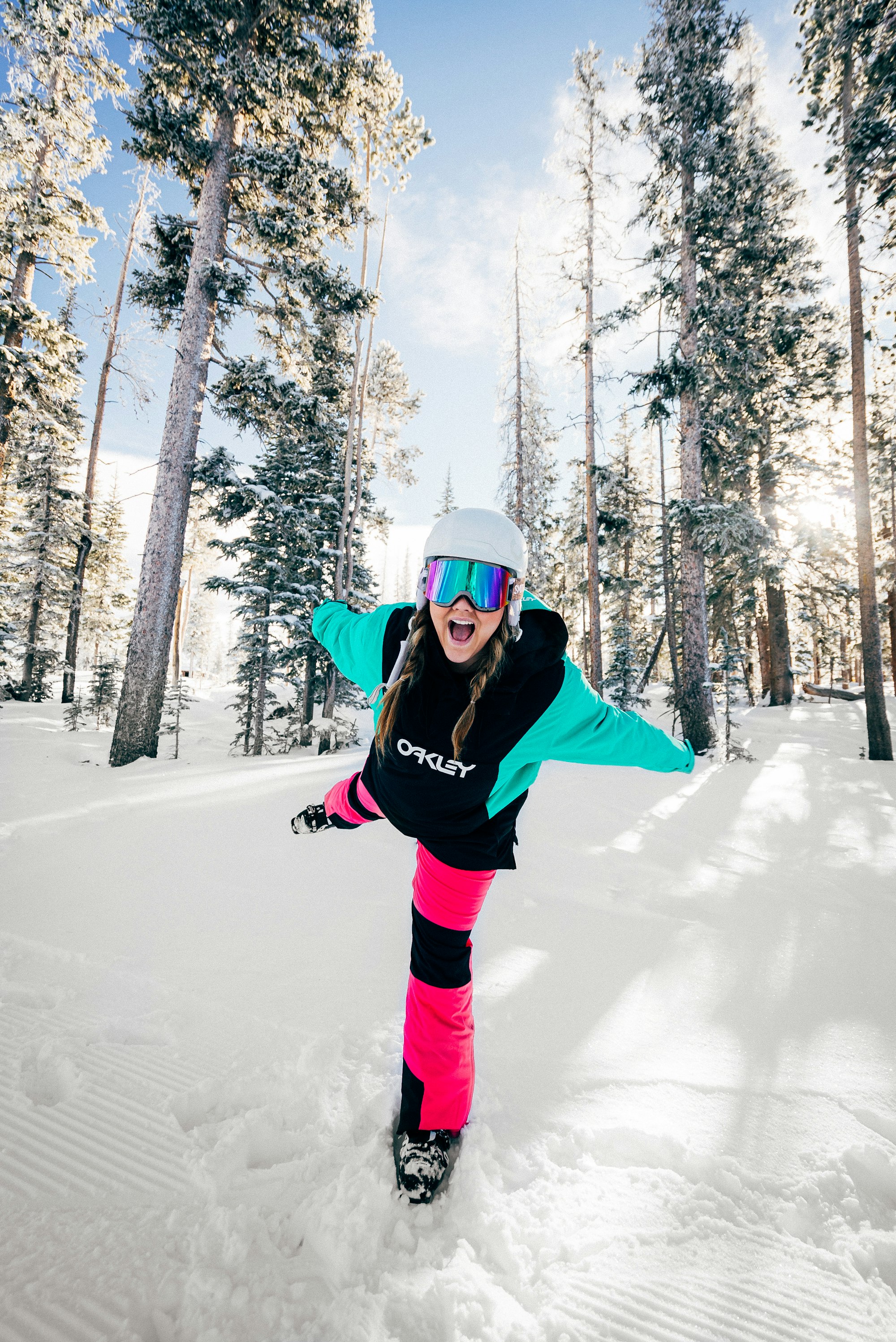
Mid Layers: Insulating Your Core
Mid-layers are all about insulation. They trap and retain the heat your body generates. Fleece jackets, down vests, or synthetic insulation pieces are popular choices.
The thickness and weight of your mid-layer will depend on the weather conditions and your personal preference. On very cold days, you might opt for a thicker fleece or an extra layer for added warmth.
Outer Layers: Protection from the Elements
Your outer layers consist of snowboard jackets and snowboard pants, which should be waterproof and breathable. Look for features like a powder skirt or a helmet-compatible hood to prevent snow from getting inside your clothing.
Shell pants and shell jackets are great for sunny days or for those who prefer to customize their warmth levels with different mid-layers.
Snowboard Pants: Combining Style and Function
Snowboard pants are not just about making a fashion statement; they're essential for keeping you dry and protected. Look for pants with a good waterproof rating and features like venting zippers for temperature regulation.
Insulated pants or shell pants with space for layering underneath are both good options depending on the conditions.
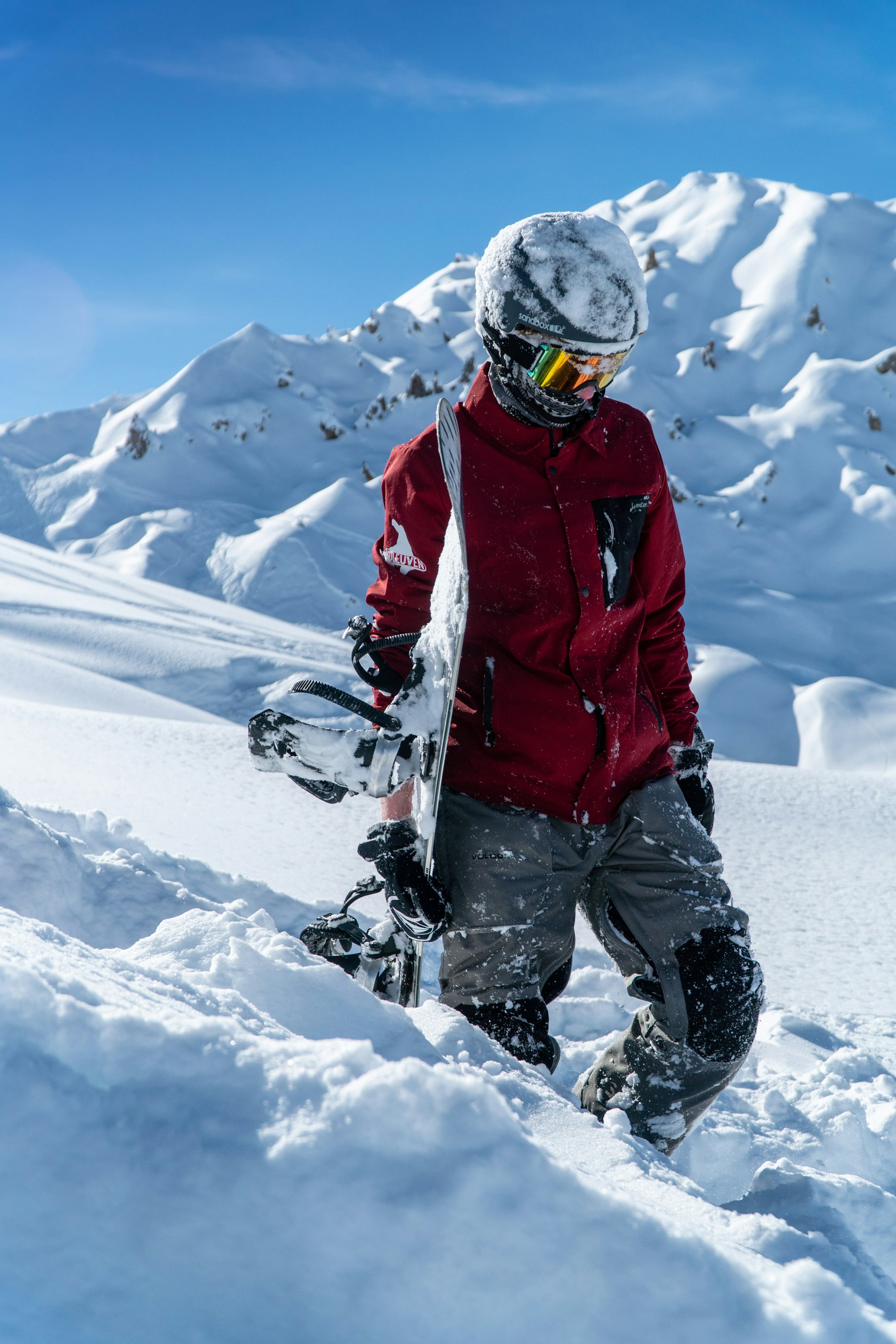
Snowboard Jackets: Your Shield Against the Cold
A good snowboard jacket is your defense against the harsh winter weather. It should have a high waterproof rating, insulation, and a snow skirt to keep the powder out.
Jackets with adjustable cuffs that fit over or snugly around your gloves are also a plus, as they prevent snow from entering through the jacket sleeves.
Snowboard Boots: The Foundation of Your Gear
Snowboard boots are arguably the most important piece of snowboard gear. They need to be comfortable, provide good support, and integrate well with your bindings.
Make sure they fit properly to avoid any discomfort that could distract you from your snowboarding.
Ski and Snowboard Socks: The Unsung Heroes
While they may seem like a small detail, ski and snowboard socks play a significant role in keeping your feet warm and comfortable. Opt for socks made from merino wool or other moisture-wicking materials.
They should be the right thickness to provide warmth without making your boots too tight, which can restrict circulation and make your feet colder.

Snowboard Gloves: Essential for Warm Hands
Warm gloves are non-negotiable when snowboarding. Look for gloves with waterproofing and insulation to keep your hands warm and dry.
Some gloves come with built-in wrist guards for extra protection, and it's always a good idea to choose gloves with a secure closure system to keep snow out.
Ski or Snowboard Helmet: Safety First
A ski or snowboard helmet is a must-have for protecting your head. Modern helmets are comfortable and stylish and come with features like adjustable vents and removable liners.
Make sure your helmet fits well and is compatible with your goggles to ensure maximum safety and comfort.
Snowboard Goggles: Clear Vision on the Slopes
Snowboard goggles are essential for protecting your eyes from the glare of the sun and the sting of the wind and snow.
Look for goggles with UV protection and anti-fog features. The fit is important too; they should be compatible with your helmet and fit snugly on your face without any gaps.
Ski Goggles vs. Snowboard Goggles: Is There a Difference?
While ski goggles and snowboard goggles serve the same purpose, the style and fit may vary slightly. It's a matter of personal preference, but ensure that whichever you choose, offers good peripheral vision and fits well with your helmet.

The Significance of a Helmet-Compatible Hood
When it comes to selecting the right ski jacket or snowboard apparel, one feature that often goes overlooked is the helmet-compatible hood. This is a crucial element for anyone who values safety and comfort while skiing or snowboarding.
A hood that fits over your helmet not only provides additional warmth to your upper body but also ensures that your field of vision and mobility are not compromised.
It's a design that allows for seamless integration with your snowboard helmet, enhancing your protection against the cold and wind without sacrificing functionality.
Moreover, a helmet-compatible hood can be a game-changer on those blustery days at the ski resort. It acts as an insulating layer for your head and neck, areas that are particularly susceptible to heat loss.
The ability to adjust the fit to work harmoniously with your helmet means that you can maintain your warmth without any gaps where the cold can seep in.
This feature is a testament to the thoughtful engineering behind modern ski gear and is something to look for when choosing your next insulated jacket.
Long Underwear: The Unsung Layer of Comfort
While most winter sports enthusiasts are familiar with the importance of snow pants and ski boots, the role of long underwear as a foundational insulating layer is often undervalued.
This snug layer, worn directly against the skin, is essential for maintaining core temperature and managing moisture during intense physical activity.
Whether you're skiing or snowboarding, high-quality long underwear made from moisture-wicking materials can make a significant difference in your comfort and warmth.
In the context of a complete ski outfit or snowboard apparel, long underwear serves as the first line of defense against the cold weather.
It's designed to trap body heat while allowing sweat to evaporate, keeping you dry and warm throughout the day.
When temperatures plummet, this layer becomes even more critical. For those who spend extended periods on the slopes, investing in a good pair of long underwear is as important as choosing the right ski socks or insulated jacket.
It's a simple addition to your gear that can enhance your overall experience at the ski resort.
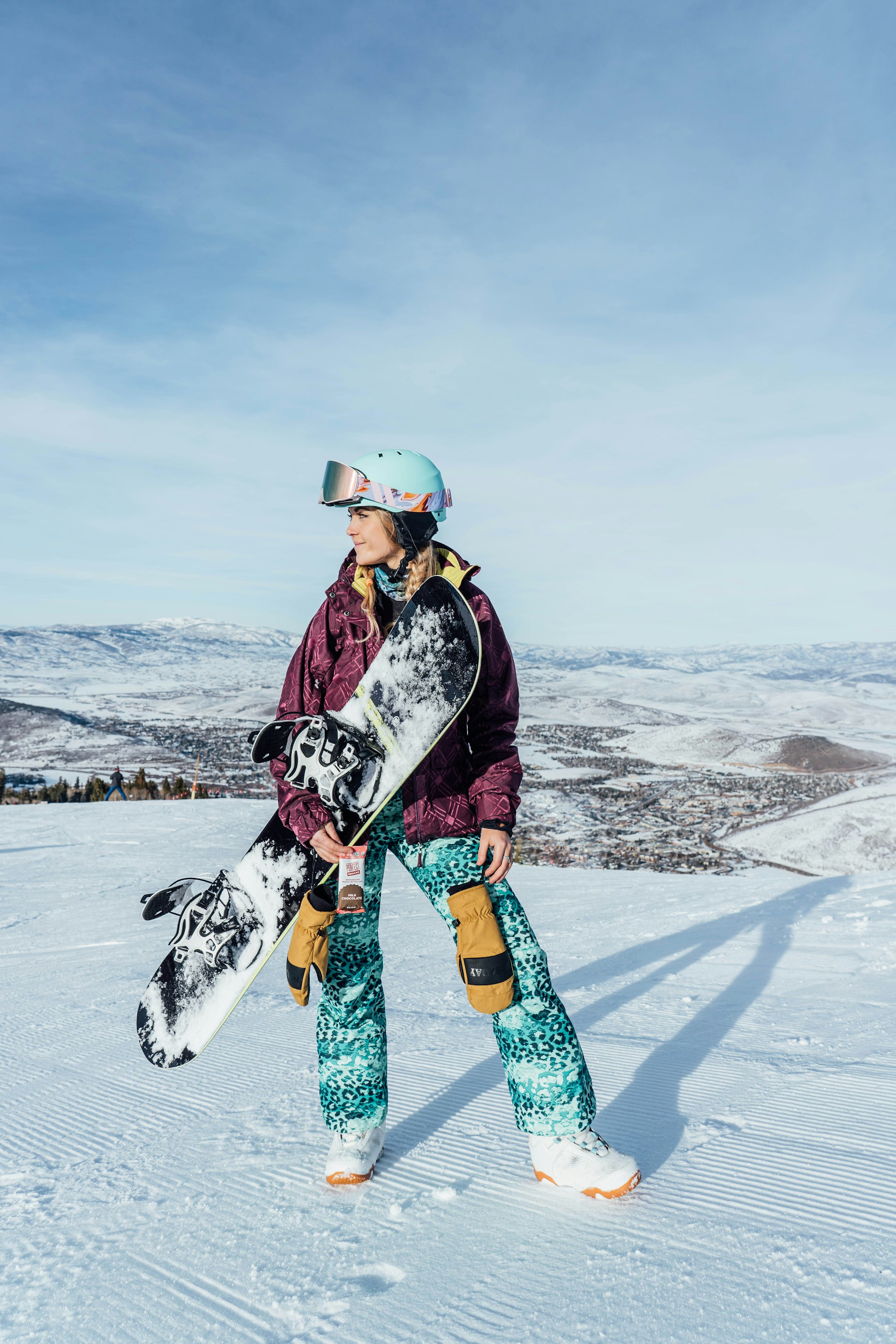
Insulating Layers for Extra Warmth
On colder days, you may need additional insulating layers to maintain your body heat. Options like down jackets or synthetic insulated jackets can be worn under your shell jacket for extra warmth. Remember, the goal is to stay warm without overheating, so adjust your layers accordingly.
The Role of a Powder Skirt in Your Snowboard Jacket
A powder skirt is a feature found in many snowboard jackets that helps prevent snow from getting up inside your jacket. It's particularly useful on deep powder days or if you take a tumble. Look for jackets with a powder skirt that can be snapped or fastened to your snowboard pants for the best protection.
Neck Gaiter or Face Mask: Shielding Your Face
On windy or snowy days, a neck gaiter or face mask can be a game-changer. They protect your face from the cold and can be pulled up or down as needed. Look for materials that offer moisture-wicking properties to keep you dry and comfortable.
Fleece Jacket: The Versatile Mid-Layer
A fleece jacket is a versatile piece that can serve as a mid-layer on cold days or as an outer layer in milder conditions. It's lightweight, breathable, and provides excellent insulation. Plus, it's easy to pack, making it a great addition to your snowboarding gear.
Ski Clothing vs. Snowboard Clothing: What's the Difference?
While ski clothing and snowboard clothing share many similarities, snowboard clothing often features a looser fit and more stylized designs. However, both prioritize waterproofing, insulation, and breathability. Choose what feels comfortable for you and suits your style on the slopes.
The Essentials Snowboarding Packing List
Before you head to the mountain, make sure you have all the essentials on your snowboarding packing list. This includes your base, mid, and outer layers, snowboard boots, gloves, helmet, goggles, and any additional accessories like a neck gaiter or extra layer for warmth.
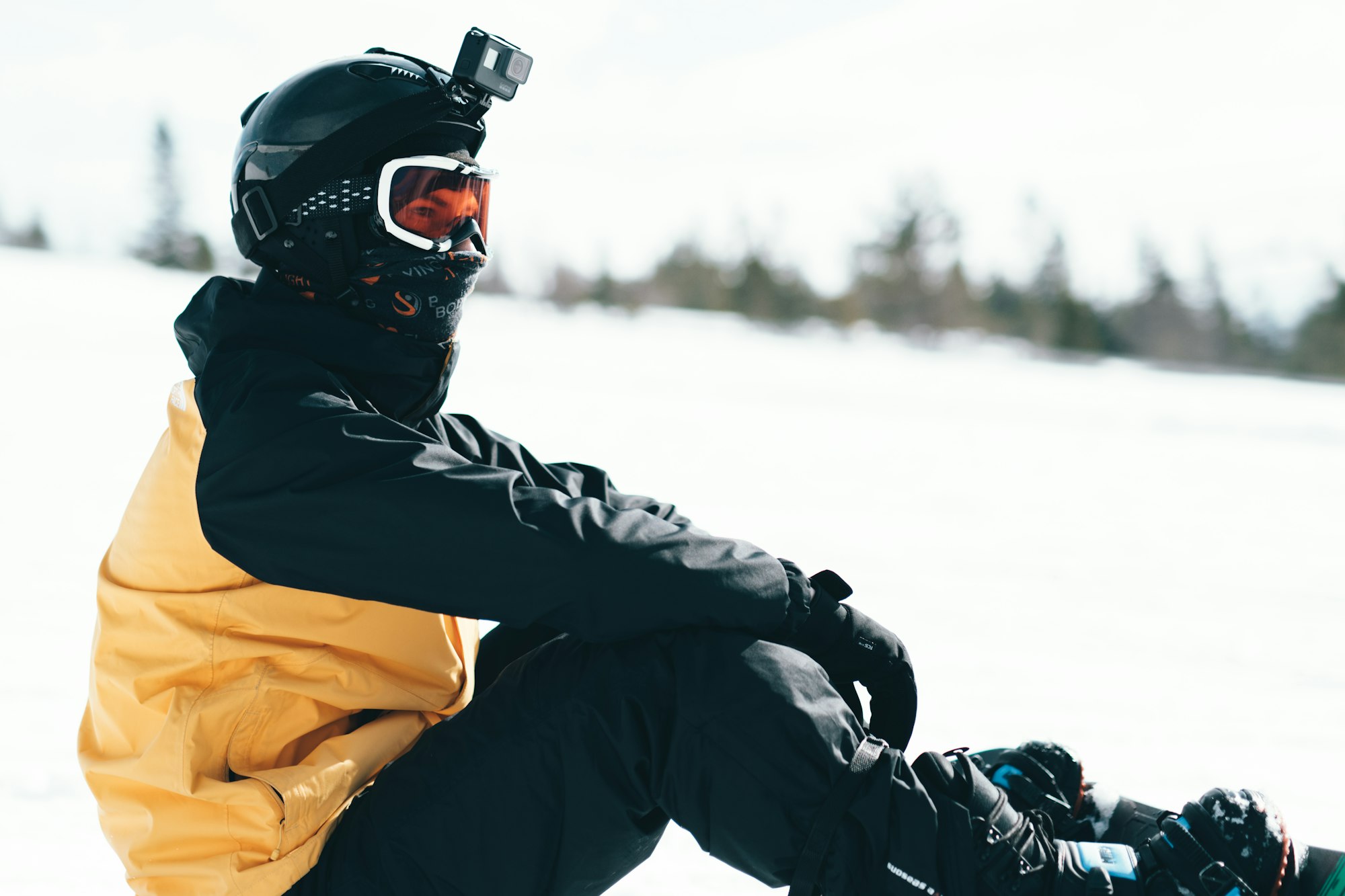
Preparing for Very Cold Days on the Slopes
For very cold days, it's crucial to have all your layers dialed in. Consider a thicker base layer, an additional fleece, or an insulated mid-layer, and ensure your outer layers provide ample protection. Hand and foot warmers can also be a lifesaver when temperatures drop.
Outer Layers for Different Weather Conditions
Your choice of outer layers will vary depending on the weather. On sunny days, a lighter shell jacket and pants might suffice, while insulated jackets and pants are better for cold, snowy conditions. Always check the weather forecast before you dress for the day.
Personal Preference in Snowboarding Apparel
Snowboarding apparel comes down to personal preference and comfort. Some riders prefer tighter fitting gear for aerodynamics, while others like the freedom of looser clothing. Experiment with different styles and fits to find what works best for you.
Staying Warm and Dry: The Ultimate Goal
The ultimate goal when dressing for snowboarding is to stay warm and dry. This means choosing waterproof and breathable fabrics, layering effectively, and adjusting your clothing based on the weather and your activity level. With the right gear, you can focus on enjoying the ride.
Ski Shops: Your Go-To for Gear and Advice
If you're unsure about what to wear snowboarding, visit a local ski shop. The staff can provide valuable advice and help you find the right gear for your needs. Plus, you can often try on different options to see what feels most comfortable before making a purchase.
Most Ski Resorts: A Source for Snowboarding Gear
Most ski resorts have rental shops where you can rent snowboarding gear. This is a great option if you're trying out the sport for the first time or if you've forgotten something at home. Renting also allows you to test different brands and styles before committing to a purchase.

Some Final Thoughts
Dressing for snowboarding involves a strategic layering system that keeps you warm, dry, and comfortable on the slopes.
From selecting the right base layers to choosing the appropriate outerwear, each piece of clothing plays a critical role in your overall experience.
Remember to consider the weather conditions, your personal preference, and the fit of your gear when preparing for your snowboarding adventure.
FAQ's
Can I wear ski clothing for snowboarding?
Yes, ski clothing and snowboarding clothing are often interchangeable. The most important factors are that the clothing is waterproof, breathable, and warm enough for the conditions.
How do I choose the right size snowboard boots?
Snowboard boots should fit snugly without being too tight. Your toes should be able to wiggle, but your heel should not lift when you stand. It's best to get fitted at a ski shop to find the right size.
Is it necessary to wear a helmet while snowboarding?
Yes, wearing a helmet is essential for safety. It protects your head from injuries and can also provide additional warmth. Always ensure your helmet fits properly and is certified for snow sports.
What should I wear skiing or snowboarding?
When snowboarding, it's important to wear layers. Start with a moisture-wicking base layer, add an insulating mid-layer, and finish with a waterproof outer shell. Don't forget to wear warm socks, waterproof gloves, and a helmet.


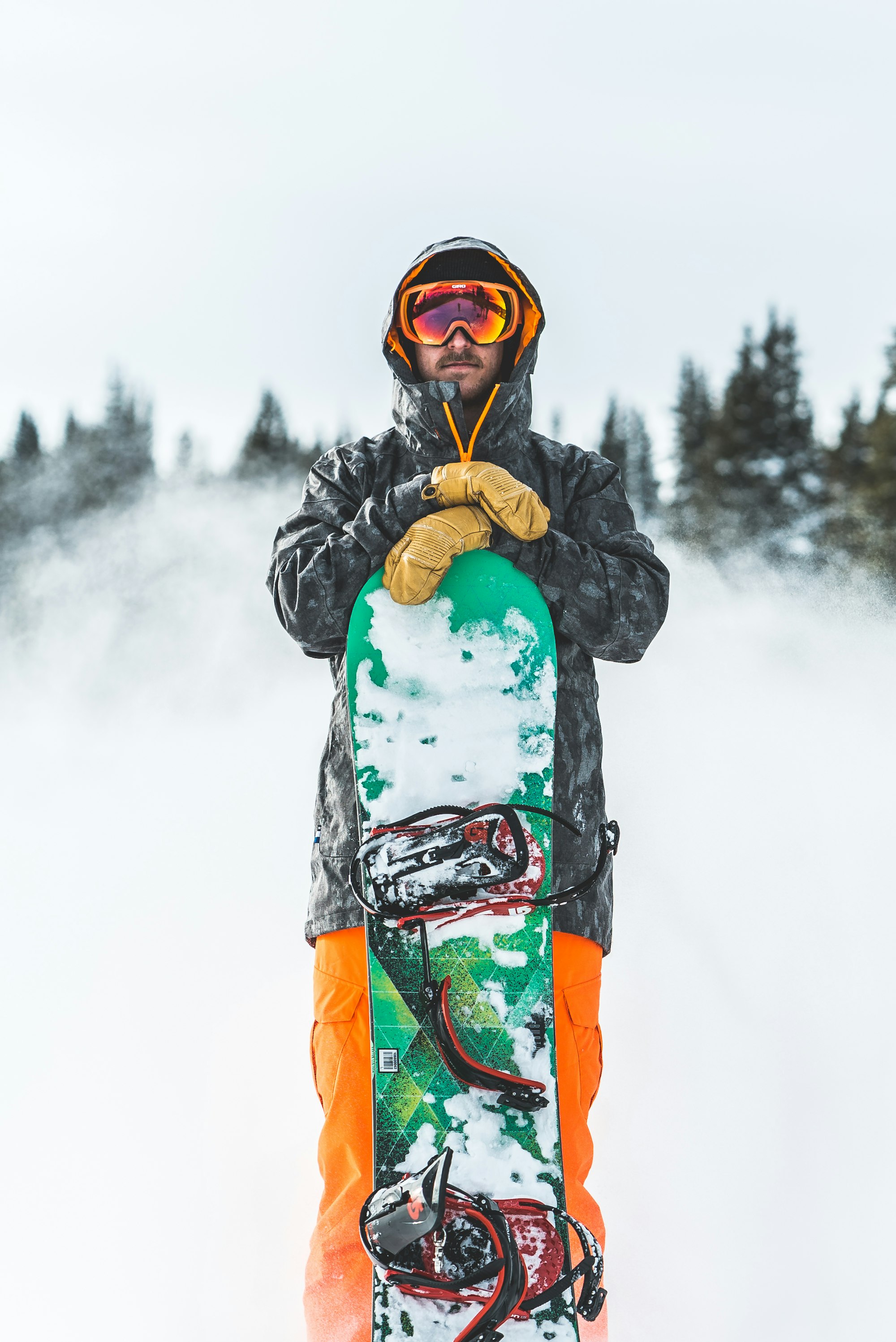




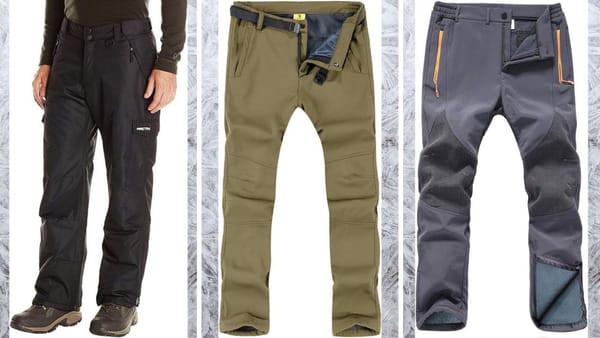




Member discussion